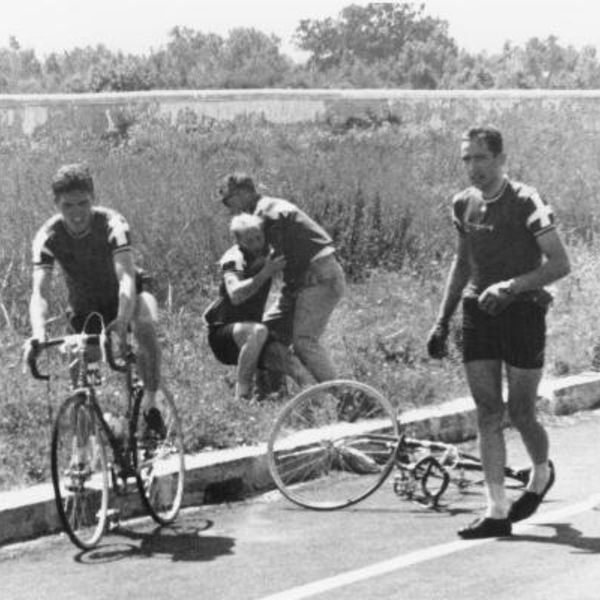

The Enhanced Games, spearheaded by Australian businessman Aron D’Souza, is a proposed international sports event where athletes would not be subjected to drug testing, slated to take place in 2025. In February 2024, retired Australian swimmer and Olympic medalist James Magnussen ignited further controversy by stating, “If they put up a million dollars for the (50-meter) freestyle world record, I’ll come on board as their first athlete.”
In light of this, another former Australian freestyle swimmer, a four-time Olympic medalist and former world record-holder, was perturbed by the concept of the Enhanced Games and has recalled a horrifying moment in doping history to raise awareness.
ADVERTISEMENT
Article continues below this ad
Australia’s Olympic champion shares the horrifying consequences of doping
In a YouTube video shared by The Guardian, Olympian and Australian Sports Commission chief executive Kieren Perkins expressed concerns about the Enhanced Games. In his speech at the SportNXT conference in Melbourne, he was asked by Tracey Holmes what he thought about James Magnussen’s agreement to sign up for the highly debated event. In response, Kieren Perkins said, “The idea of an enhanced game is laughable.”
Perkins highlighted the tragic history of doping in sports, sharing, “The reason why drugs in sport were banned is because a cyclist fell off his bike and died.” As we reflect on his words, let us see the significant event that prompted the modern drug-testing movement in sports and also the athletes who have suffered the consequences of doping in terms of injuries and deaths.
ADVERTISEMENT
Article continues below this ad
Tragic incidents that spurred drug-testing
Kieren Perkins cited the death of Danish cyclist Knud Jensen at the 1960 Olympics as a pivotal event that spurred the modern drug-testing movement in sports. Jensen collapsed from heatstroke during the race, hitting his head and later dying in the hospital. Initially attributed to a skull fracture, controversy arose when it was revealed that a team trainer had administered Roniacol, a substance akin to amphetamines, to combat the heat.
Jensen’s toxicology report also showed traces of amphetamines but was later denied by authorities. Although official reports did not confirm doping as a cause of death, Jensen’s case prompted the IOC to introduce drug testing at the 1968 Olympics, marking the start of anti-doping measures in sports. Another athlete who suffered consequences was British cyclist Tom Simpson, who died during the 1967 Tour de France. Initially, his death was attributed to heat exhaustion, but further investigations revealed traces of amphetamines in his system.
Read more: Paris Olympics 2024: No Alcohol, but 300,000 Condoms for Olympians Nearly Double Compared to Tokyo
ADVERTISEMENT
Article continues below this ad
This prompted mandatory drug testing in cycling, starting with the 1968 Giro d’Italia, Tour de France, and Summer Olympics. Simpson’s death marked the first live broadcast showing a death caused by doping, leading to increased awareness and efforts to combat drug use in sports. As we reflect on these heartbreaking losses of talented athletes, what are your thoughts about the Enhanced Games? Comment below!
Also read: Destroyed by Usain Bolt in Career’s Best Season, Justin Gatlin Makes Daring Confession
ADVERTISEMENT
ADVERTISEMENT
ADVERTISEMENT
ADVERTISEMENT

